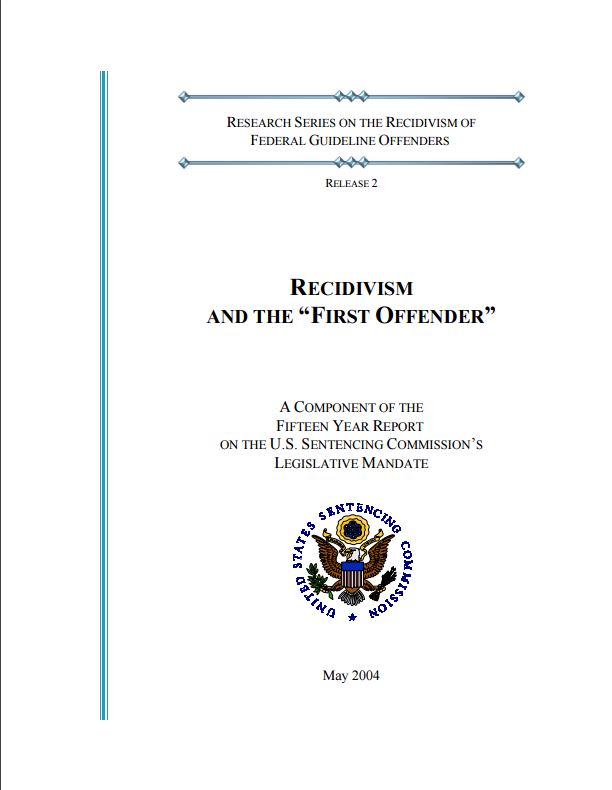Summary

This report examines recidivism risk for three plausible first offender groupings consistent with historical Commission definitions of possible first offenders. The three first offender groups all come from offenders with zero criminal history points, and are defined as follows:
- group A contains offenders with no prior arrests;
- group B contains offenders with prior arrests, but no prior convictions; and
- group C contains offenders with only prior convictions that are to never count towards criminal history.
Key Findings
Based on the Commission's analysis the following observations were made:
- Among these groups the lowest recidivism rate is for group A with a rate of 6.8 percent. Group B has a recidivism rate of 17.2 percent. Group C has a recidivism rate of 8.8 percent.
- While group B offenders have no prior convictions, it appears that the absence of prior convictions is often due to prosecutorial declinations, arrests that were pending prosecution at the time of sentencing for the instant offense, or arrests with issued outstanding warrants. Moreover, group B, with its recidivism rate of 17.2 percent, has a substantially greater risk for future offending compared to groups A and C.
- Group C offenders, having been previously convicted of minor traffic or public order crimes, have only limited contact with the criminal justice system prior to their instant offense. Also, with a recidivism rate of 8.8 percent, the overwhelming majority of group C offenders – almost nine out of ten – are not likely to recidivate.
- From both culpability and recidivism risk perspectives, group A offenders, with no prior arrests, most strongly meet the conceptual definition of the first offender category. Offenders in group A have had no recorded contact with the criminal justice system prior to their instant federal offense. Moreover, as indicated by their extremely low recidivism rate of 6.8 percent, they are easily the most empirically identifiable group of guideline federal offenders who are the least likely to re-offend.
